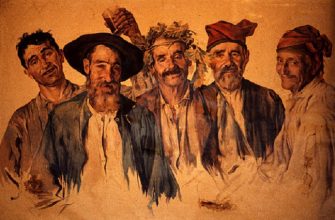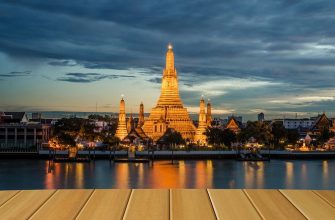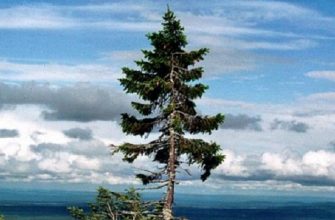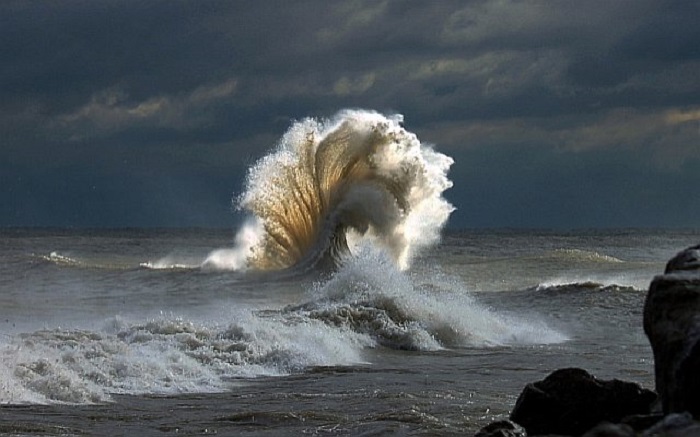
The Greek name of the sea – Pontus Axinus (Greek Πόντος Ἄξενος.), which means “Inhospitable Sea”. It is believed that the sea got its name because of the difficulties with navigation. When the Greek colonists based on its coasts, the sea has been called Euxine (Gr. Πόντος Εὔξενος, «Hospitable Sea”).
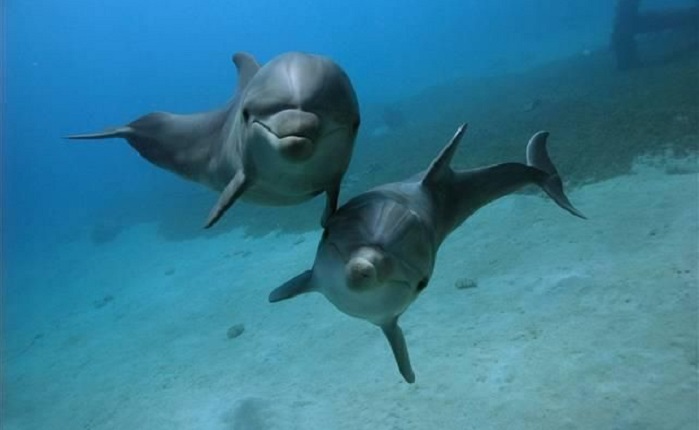
In the Black Sea there are two species of dolphins – porpoises and seals. Some animal species come into this sea through the Bosporus and the Dardanelles passage.
The mountains around the Black Sea are constantly growing, and the sea itself increases. Mountains are growing only a few centimeters per century, but the sea is increasing 20-25 cm per 100 years.

The only mass shark that lives in the Black Sea – a spiny dogfish. It is afraid of people and rarely swims to the shores. Dorsal fins of this shark are a threat to human life, as they are equipped with large venomous spines.
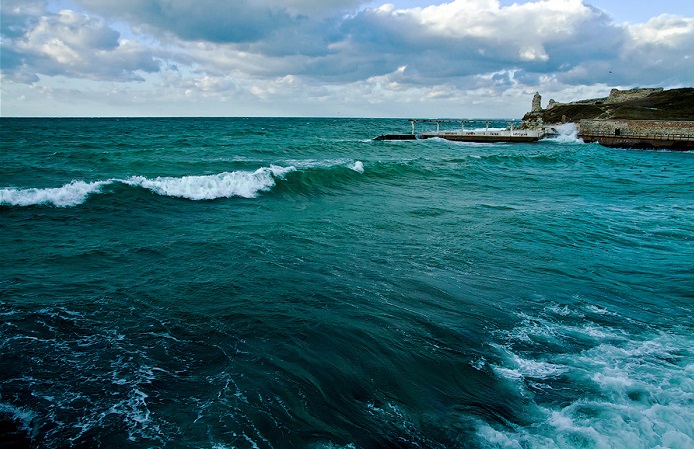
The deep layers of the Black Sea are saturated with hydrogen sulfide, therefore, at a depth of more than 150-200 meters there is no life, except some bacteria.
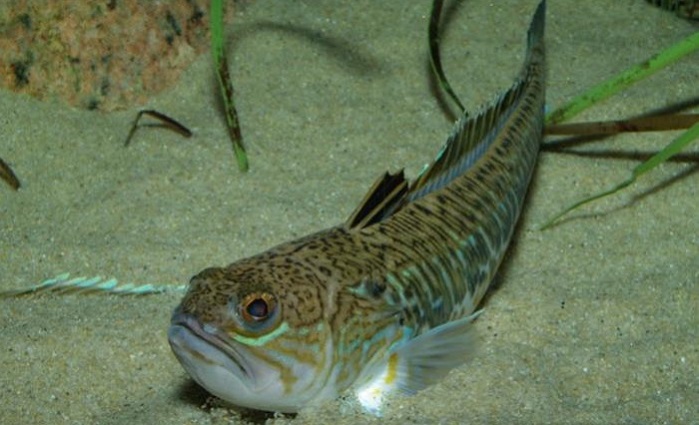
The most dangerous fish of the Black Sea is a sea dragon. The spines of its dorsal contain a dangerous venom. Black Sea scorpion fish and the stingray with venomous spines on the tail are also dangerous.
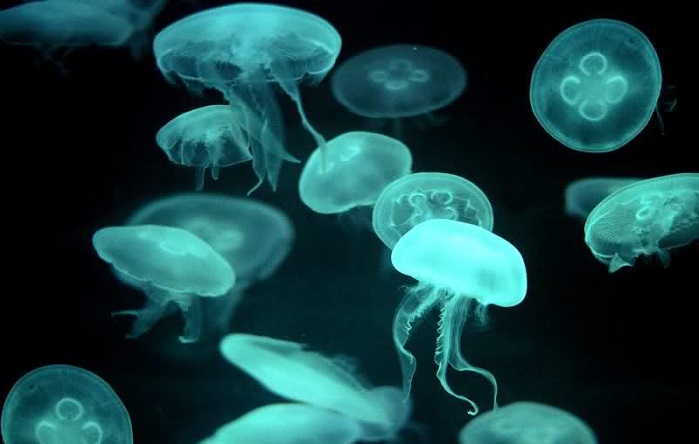
The Black Sea is home to a very special kind of algae – noctiluca scintillans, which has the ability to excrete phosphorus. This is because sometimes the Black Sea glows in August.

Renowned oceanographer Nikolai Knipovich first described the circuit currents of the Black Sea. There were allocated two large closed cycles with a wavelength of 350-400 km, which were called “Knipovich Points”.
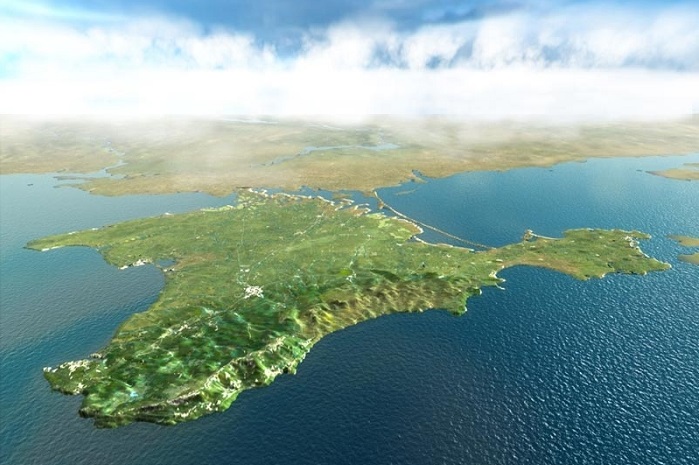
The only major Black Sea peninsula is Crimea.
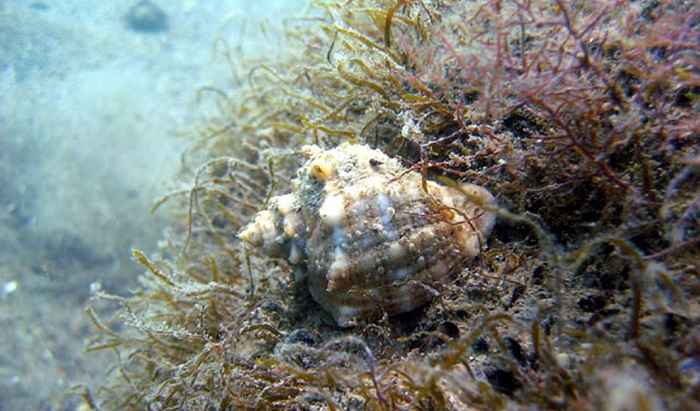
The Black Sea is home to 2,500 species of animals, which is very small compared with the Mediterranean Sea, which is home to around 9,000 species. At the bottom of the Black Sea live mussels, oysters and clams.


